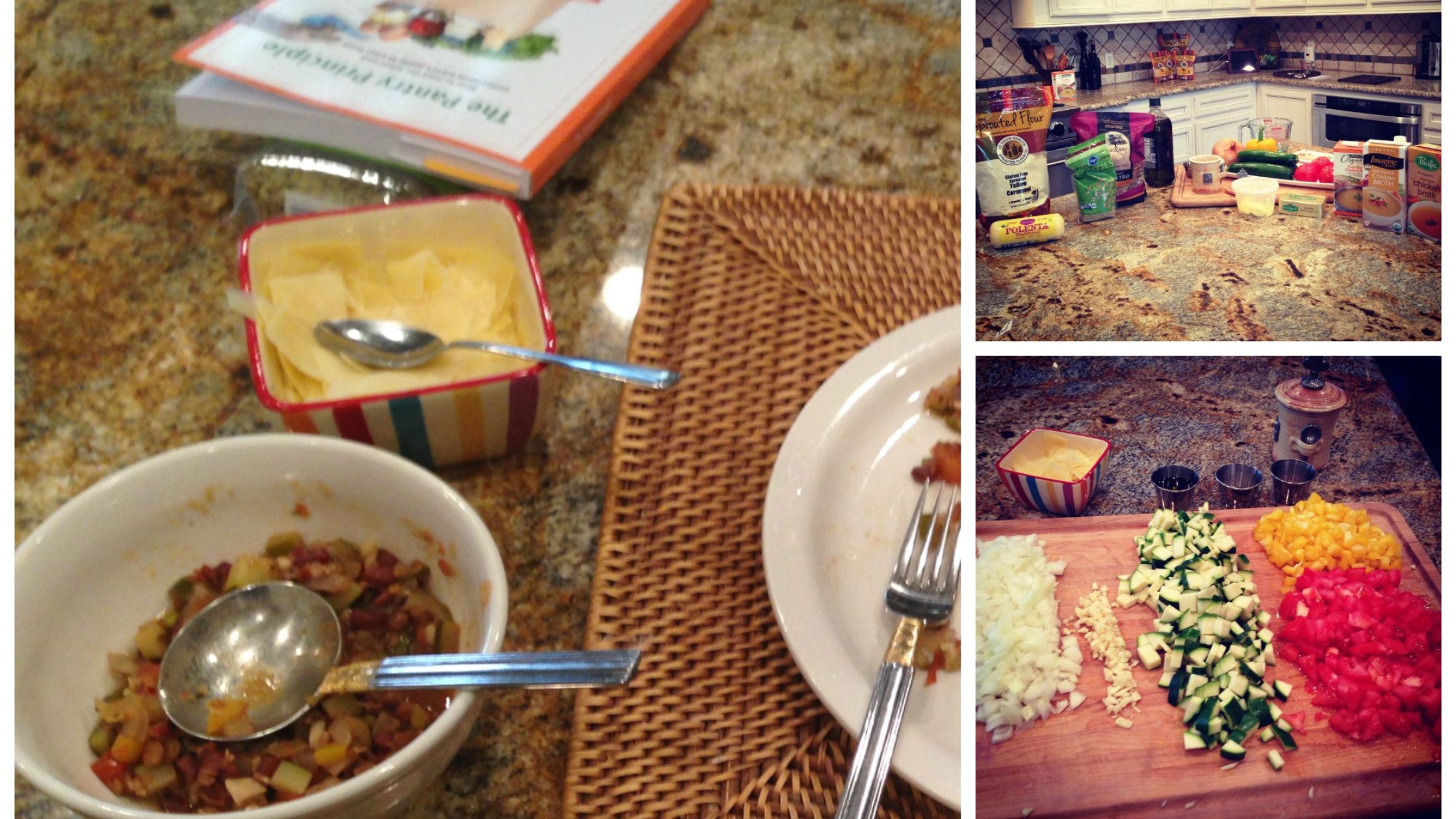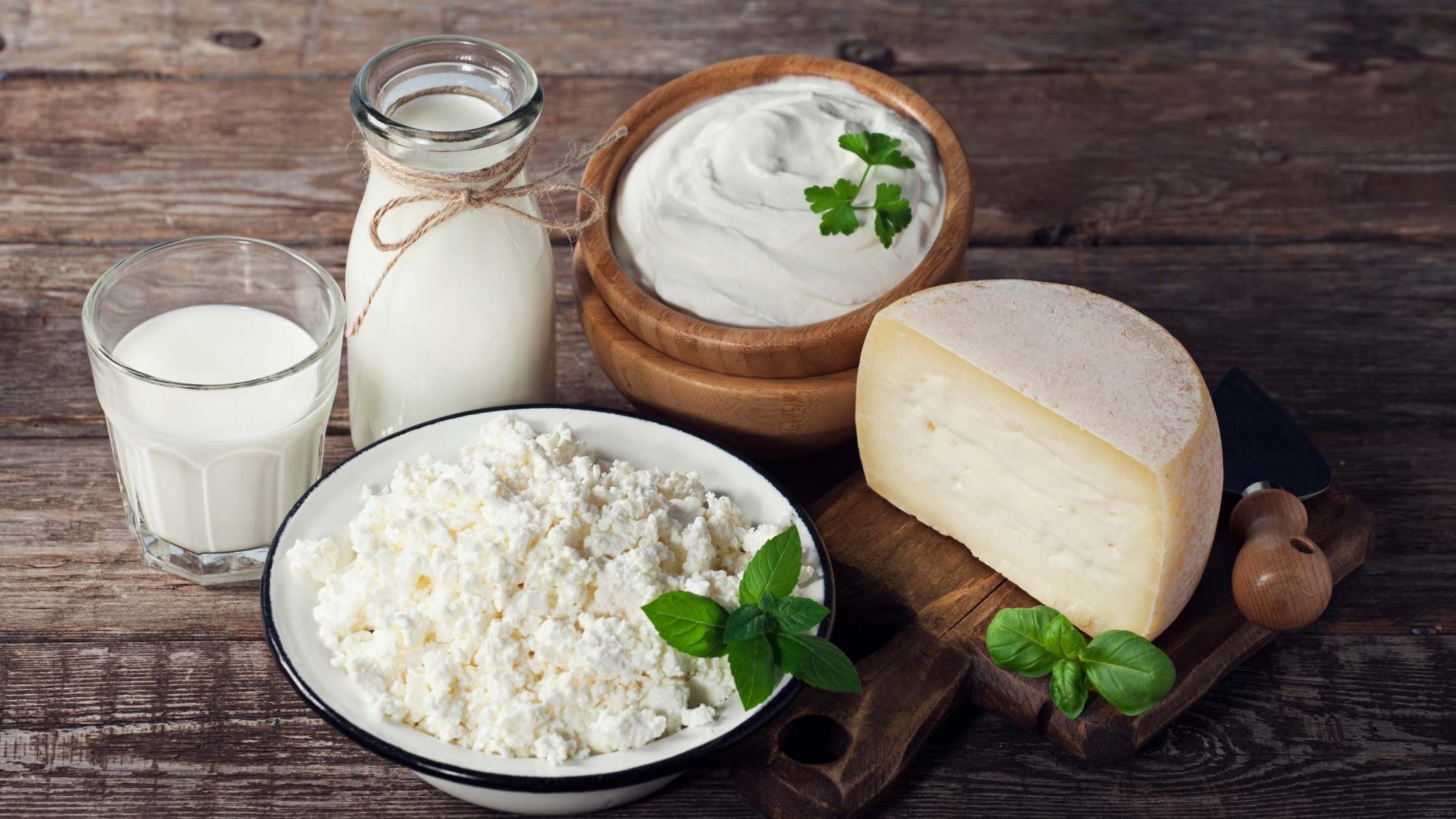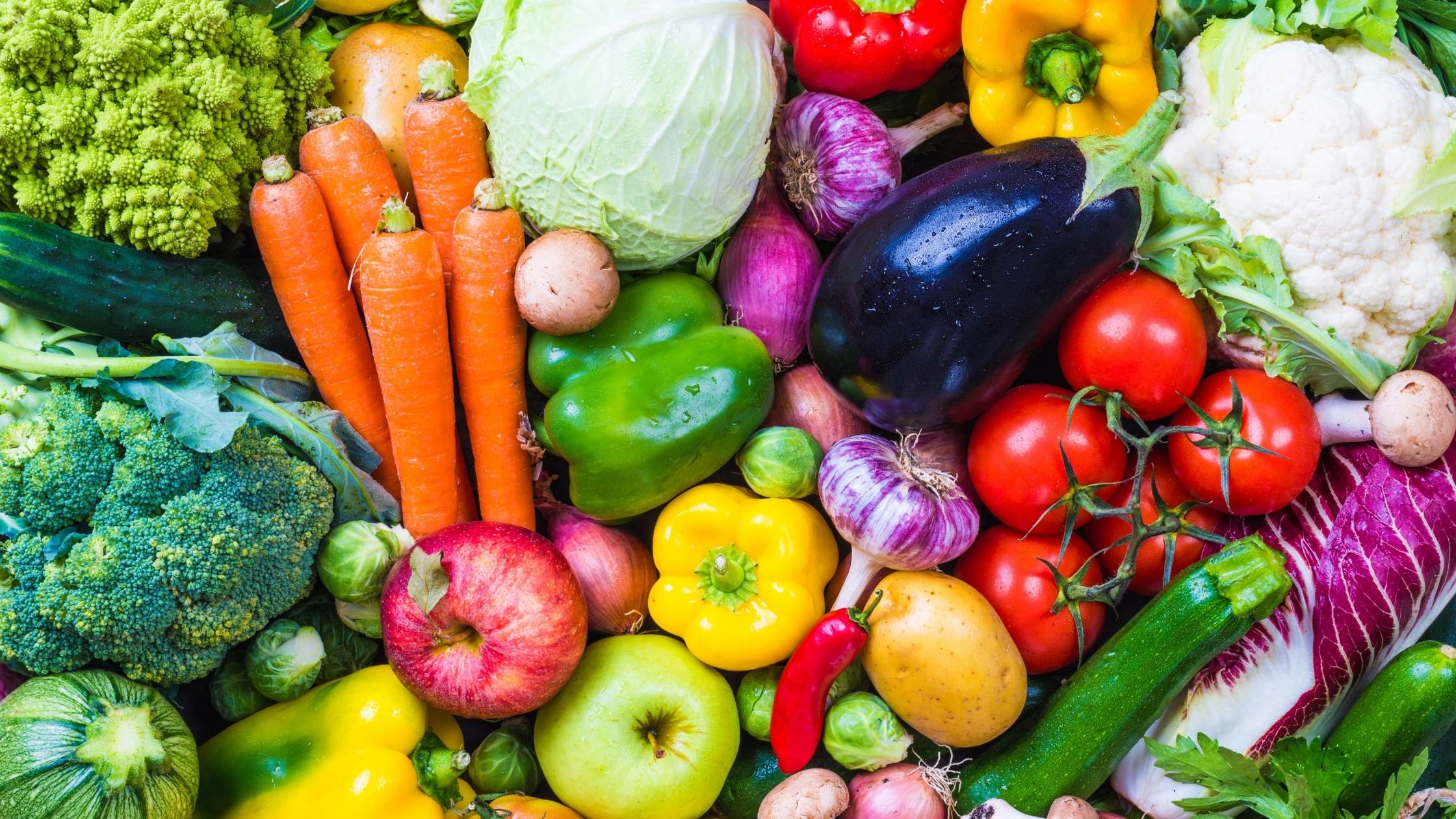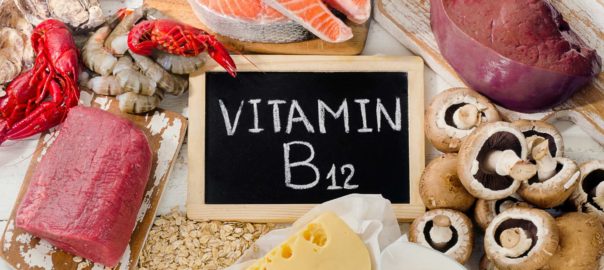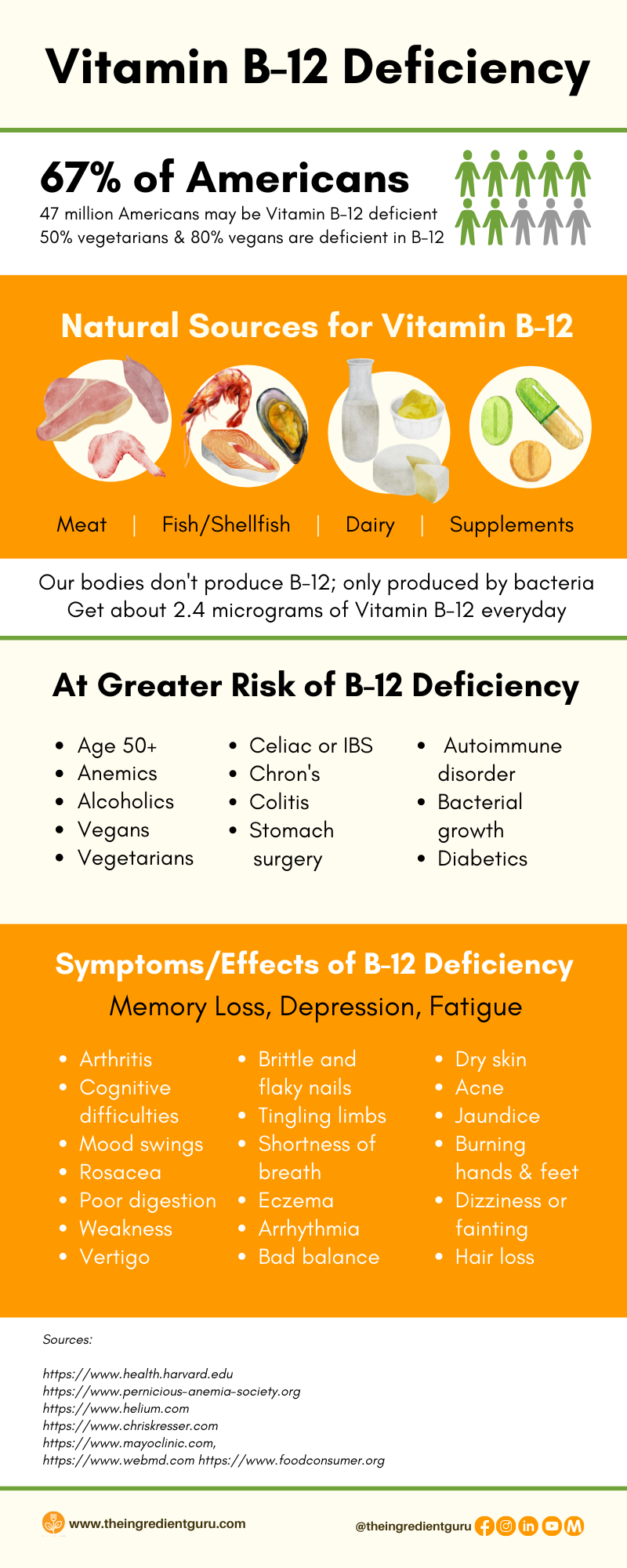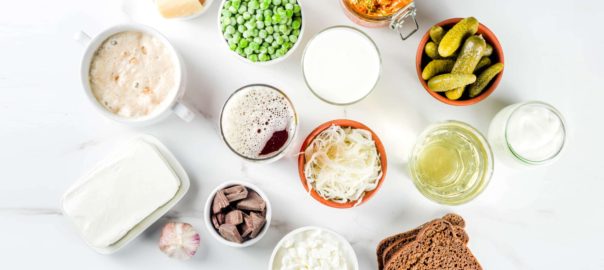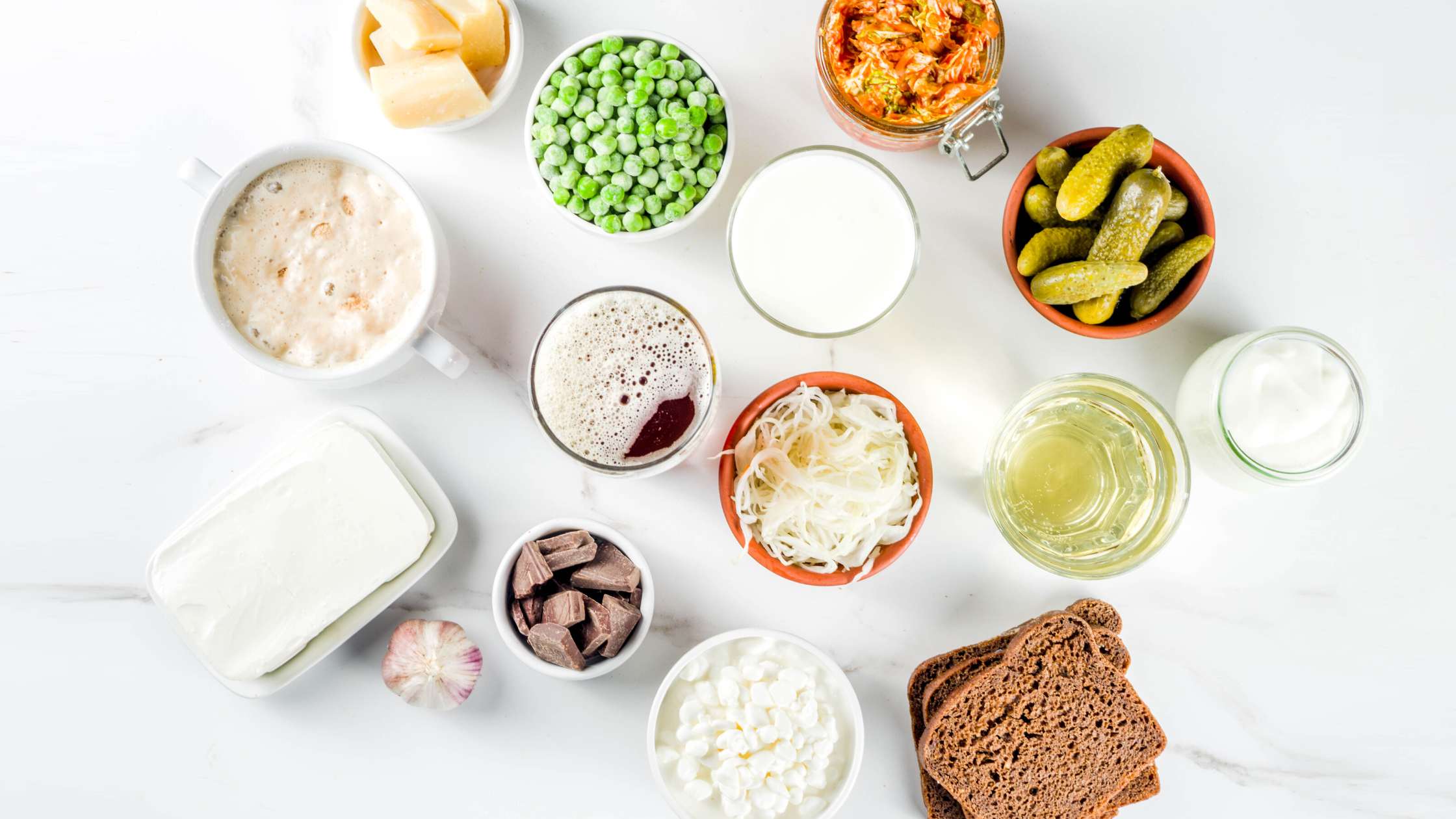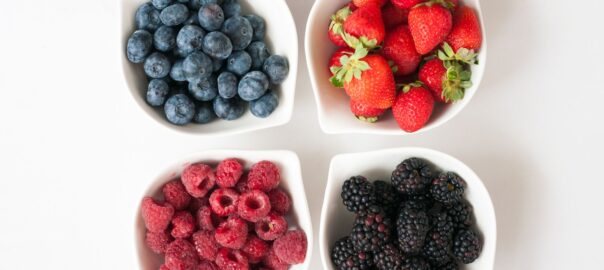I recently had the absolute delight of being invited to cook in the fabulous kitchen at Three Goats Farm. Designed and operated by the amazing Primitive Diva, Melissa Humphries, this is a fun place to hang out and you couldn't ask for better company to hang out with.
Getting ready for the launch of Primitive Diva TV, PDTV, she invited me to film an episode while we chatted about the concept of good, better, best, when it comes to food and nourishing your body. I love helping people move up the nutrition ladder so to speak.
It's difficult to go from a highly processed food plan to one that truly nourishes your body. I certainly know, from personal experience and from working with clients, that it's a step-by-step process which takes time and effort to achieve. I don't know anyone who has made a huge jump overnight and managed to stick with it. You start where you are, decide what you're going to focus on, and begin to make changes. Just as in the fable of the tortoise and the hare, slow and steady wins the race.
Small measurable changes, mindfully made over time are most often the ones that are sustainable and lead to long-term, healthier change. Extravagant changes and massive numbers of them, all at the same time, are overwhelming.
One way to manage this change is to focus on shifting food, recipes, ingredients up the ladder from good to better to best.
The Concept of Good, Better, Best in Nutrition
Here's an example that we used in the filming. [In case you're interested we made the polenta and Tuscan Stew recipes from The Pantry Principle on pages 124 and 145 respectively] In the example below I'm going to talk about upgrading your polenta.
Good is when you decide to shift from a heavy processed food and/or restaurant/take-away diet to making more foods at home. There is often less chemicals, less sugar, salt, and fat. The serving sizes are more reasonable. In the case of polenta this may mean purchasing a chub of polenta and heating it up at home as part of your recipe.
Better is realizing that corn is one of the most highly genetically modified crops on the face of the planet. You don't want to eat conventional corn anymore because you want to avoid the GMOs and probable heavy pesticide residue. So you choose organic corn. Possibly still in a chub. Or maybe you decide to make it from scratch and you use organic ground cornmeal plus other clean ingredients.
Best means you've decided to really focus on eating well and are buying organically grown, sprouted cornmeal. The sprouting adds extra nutrition, better digestibility, and reduces phytic acids and enzyme inhibitors which can interfere with nutrition.
One step at a time we work our way up the ladder to better digestion, better nourishment, better food sourcing.
We had a great time chatting in the kitchen. As you can see from the picture above the food was so enticing that the aromas got us and we didn't get a picture until after we'd dug in and started devouring it. Mr. Diva came in at the end and polished off a plate of his own. I promise, this recipe is a winner. And so is Three Goats Farm.
In the meantime, if you have any questions about food, nutrition, holistic health, or how to take your recipes from good to better to best, don't forget to take advantage of my 15-minute discovery call for FREE.

